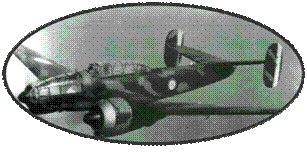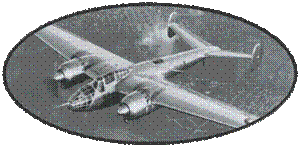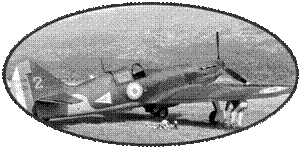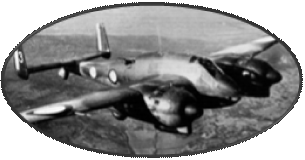The Potez 670 has
been designed to meet a specification for a triple fighter with
a minimum range of three hours at 90% of its maximum speed. The
all-metal construction, the Potez 670 is derived from Potez 630
and 631. The fuselage is identical, but the wing is of new design.
The wheels are now fully integrated into the engine nacelles.
The prototype is powered by two Gnome-Rhone 14M of 690hp. The
armament consists of two 20 mm Hispano-Suiza HS-404 guns and two
MAC 1934 7.5 mm machine-guns, and a Hispano-Suiza HS-404 cannon
in a rear turret.
The aircraft made
its first flight on March 30, 1939, but the performance is disappointing
with the engine retained. The Potez 670 thus receives new Hispano-Suiza
14AB 12/13 800 bhp engines and then takes the designation of Potez
671-01. Thus motorized, it resumed its tests in July 1939. This
time, the performances are satisfactory with especially a top
speed of 500 km / h. In the meantime, the requested configuration
becomes a two-seater fighter. An order for 40 Potez 671 C2 is
launched, but none of the aircraft will be manufactured before
the Armistice. The prototype is destroyed during the German advance.













